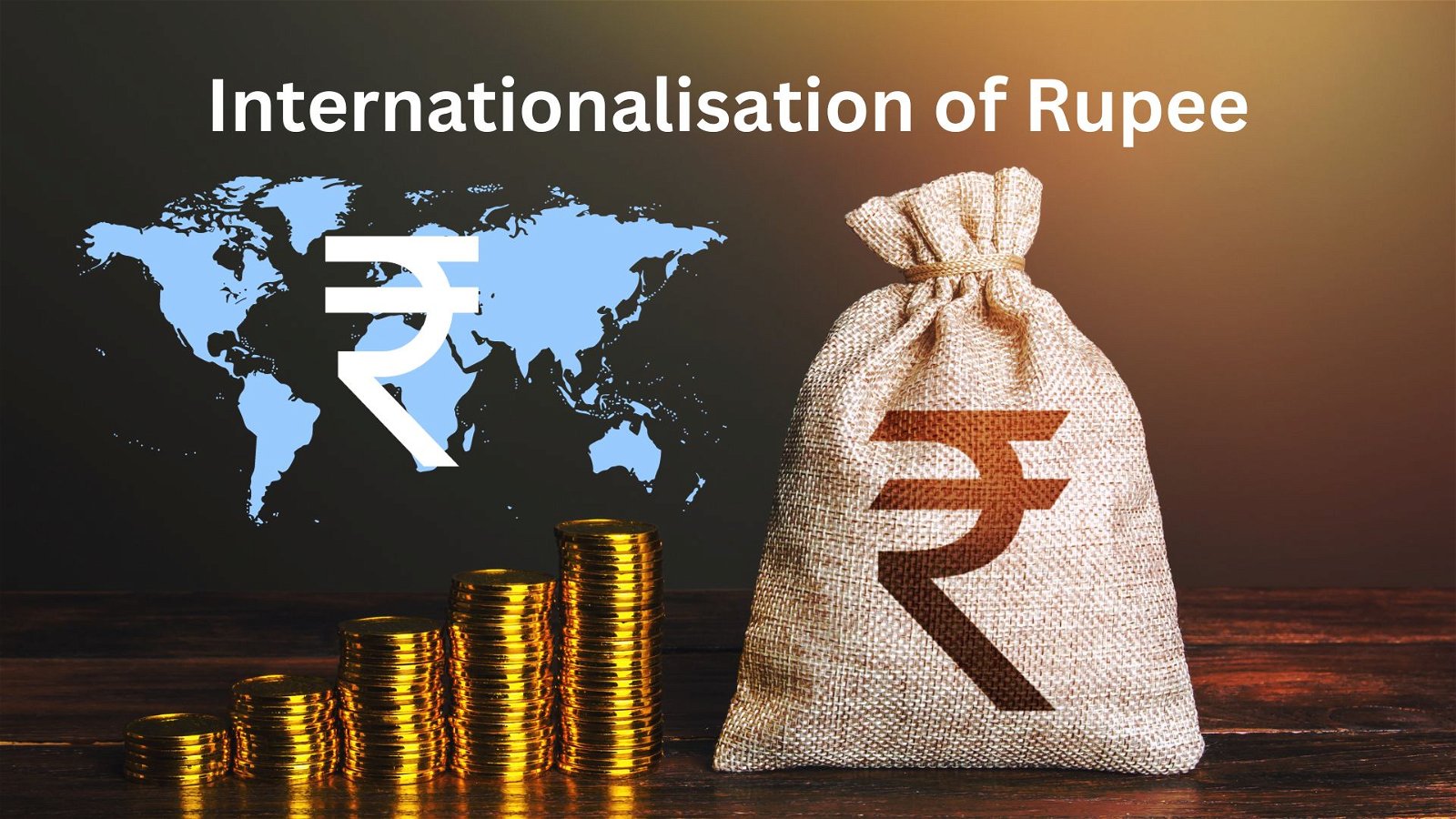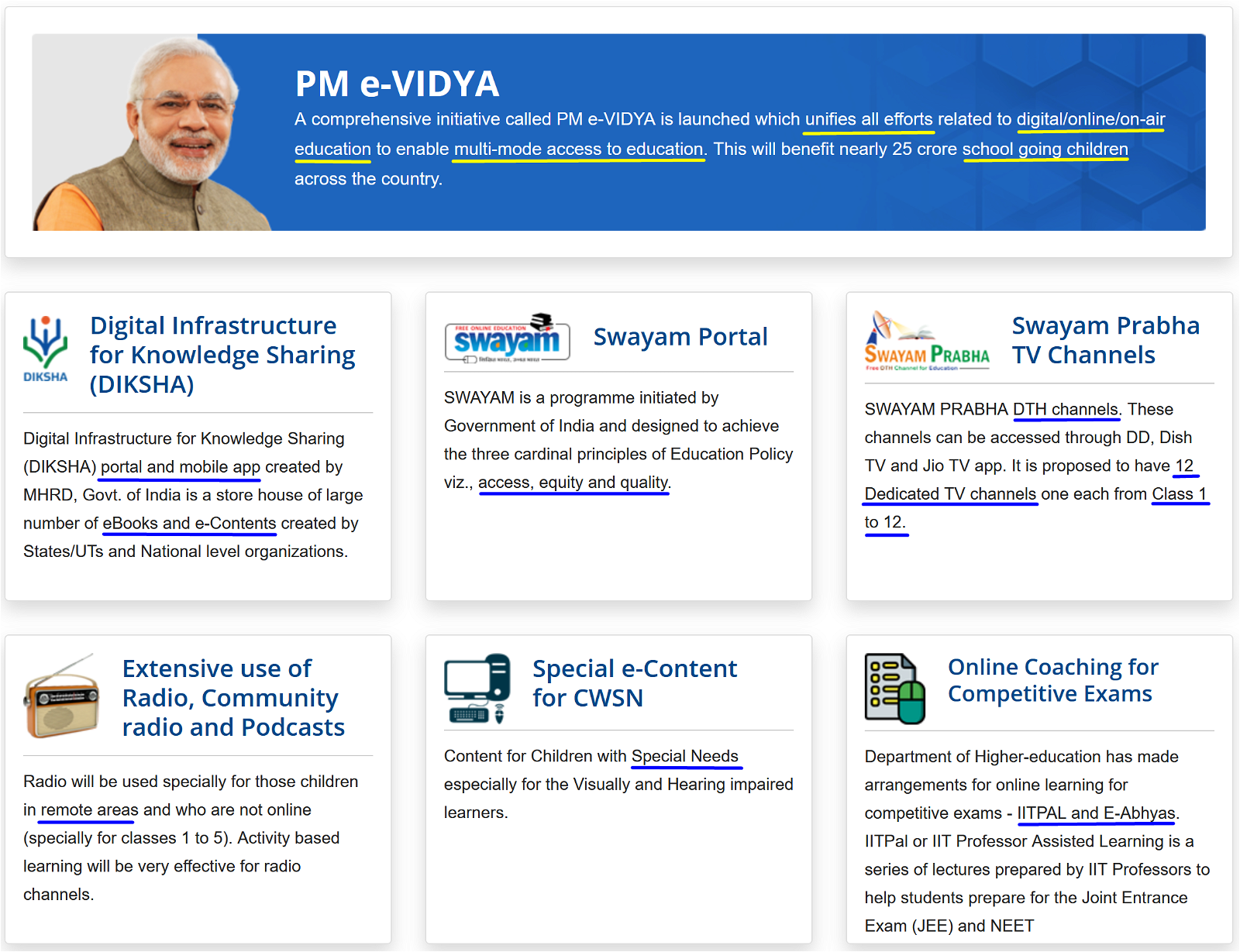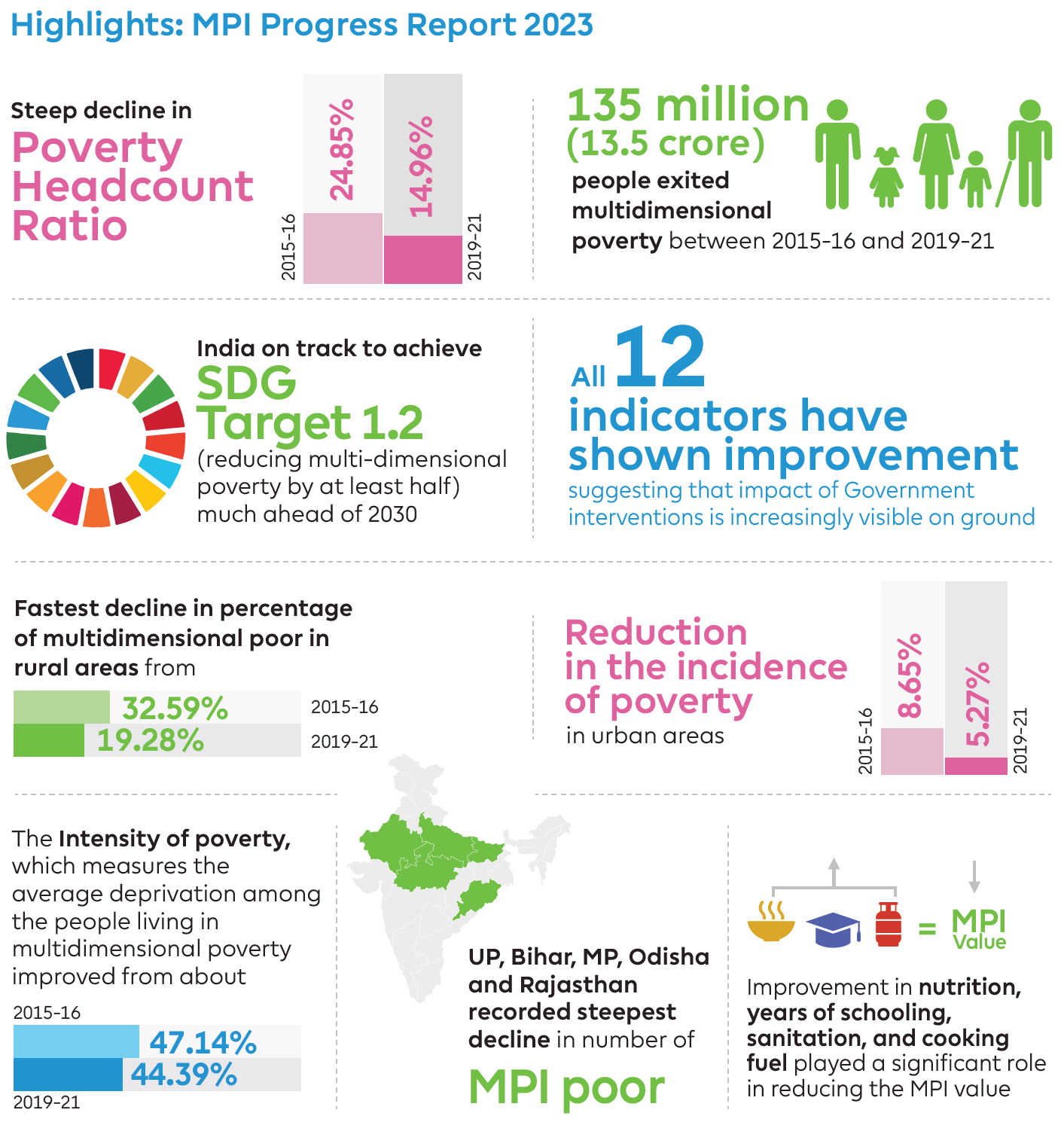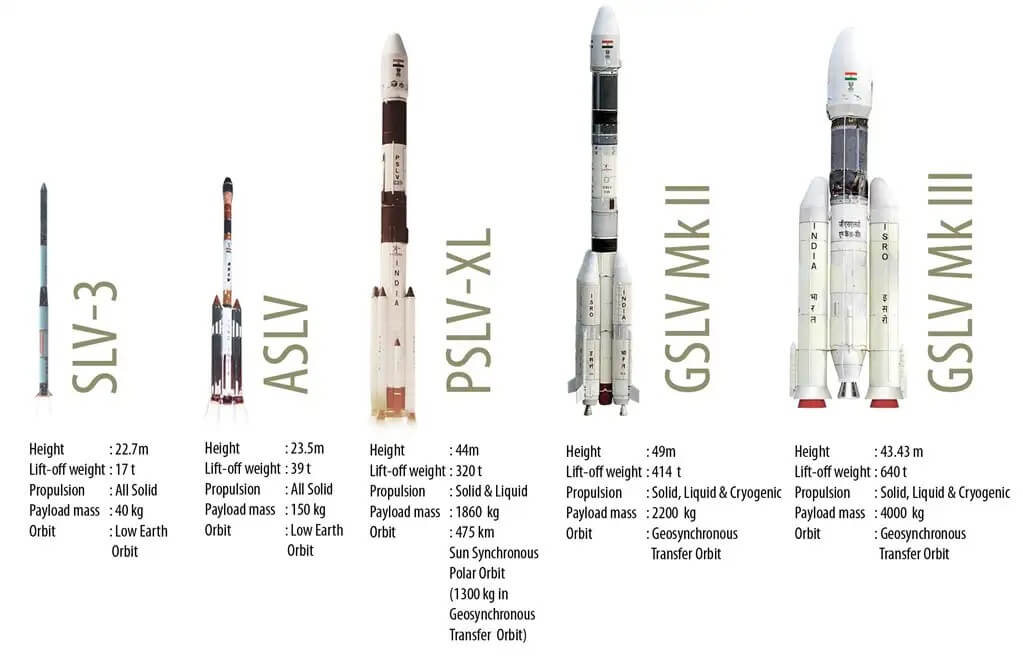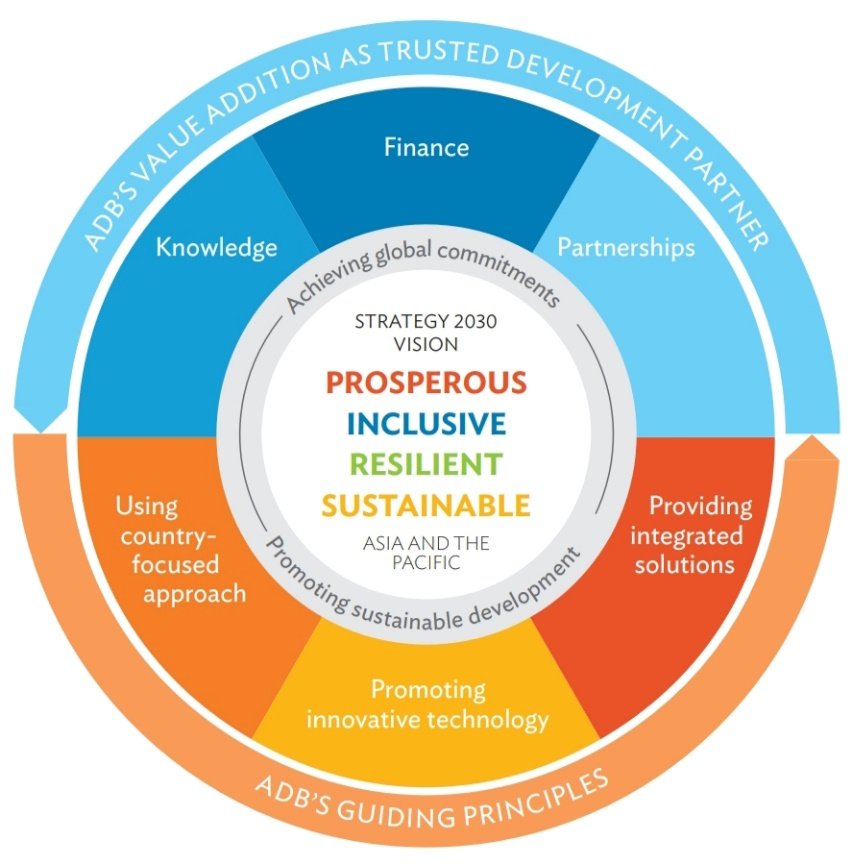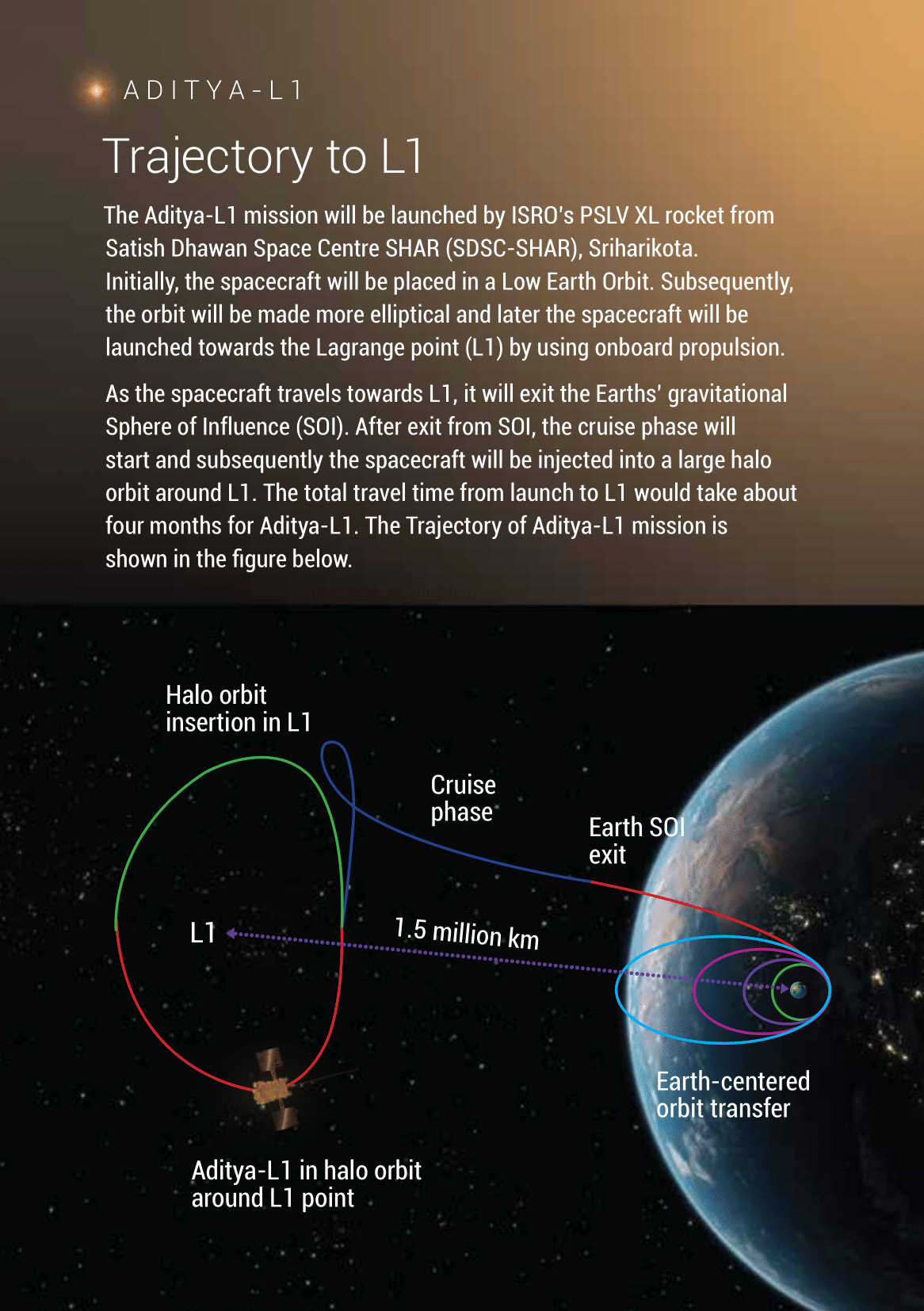
Current Affairs for UPSC Civil Services Exam – May 08, 2024
Subscribers of "Current Affairs" course can Download Daily Current Affairs in PDF/DOC
Subscribe to Never Miss an Important Update! Assured Discounts on New Products!
Must Join PMF IAS Telegram Channel & PMF IAS History Telegram Channel
{GS2 – IR – Groupings} SQUAD Grouping *
- Context (TOI): Amid escalating tensions in the South China Sea, the USA formed a new strategic alliance dubbed the “Squad” consisting of the United States, Japan, Australia and the Philippines.
- The defence chiefs of the “Squad” met for the first time in June 2023 on the sidelines of the Shangri-La security dialogue. In April 2024, the four countries conducted joint maritime patrols within the Philippines’ exclusive economic zone.
- Objective: To improve military interoperability, conduct joint patrols and drills, and enhance intelligence and maritime security cooperation.
- Significance: The emergence of the “Squad” is seen as an escalation in the strategic landscape of the Indo-Pacific.
- Reaction from China: China views the “Squad” as an extension of American efforts to contain China’s rise, which could lead to increased military and diplomatic tensions in the region.
How is it distinct from QUAD?
- In contrast to the well-known “QUAD” alliance, which includes India, the “Squad” appears to have a more unified internal coherence and a clear, shared strategic vision.
- The “Quad” has experienced strains, particularly due to India’s continued close ties with Russia and its reluctance to align fully with Western positions on global conflicts, such as the Ukraine crisis.
{GS2 – MoE – Initiatives} Capacity Building on Design and Entrepreneurship
- Context (PIB): The Secretary of the Department of Higher Education launched the Capacity Building on Design and Entrepreneurship (CBDE) program virtually.
- Aim: To boost the capabilities of identified Higher Education Institutions (HEIs) and faculty members in Design and Entrepreneurship development with the support of industry mentors.
- Identified HEIs: 30.
- Selection process: It includes multiple criteria, such as HEIs’ ranking within the top 200 institutions according to the NIRF framework and their participation in the National Innovation & Startup Policy.
- Nodal Centre: Indian Institute of Information Technology, Design and Manufacturing (IIITDM), Kancheepuram.
{GS2 – Polity – IC – FRs} Religion-based Reservation in India **
- Context (IE): In India’s election season, there’s a contentious debate over whether a secular country can justify religion-based reservation policies.
Indian Constitution on Religion-based Reservations
- The IC of 1949 dropped the word ‘minorities’ from Article 296 of the draft constitution (Article 335 of the present IC).
- Article 16(4) enables the state to make “any provision for reservation in favour of any backward class of citizens which is not adequately represented in the services under the state”.
- Article 15 specifically prohibits the state from discriminating against citizens based on religion and caste (along with sex, race, and place of birth).
- The 1st CAA inserted Article 15(4); it empowered the state to make “any special provision for the advancement of any socially and educationally backward classes of citizens or the SCs and the STs”.
- In Articles 15 and 16, “only” indicates that if a religious, racial, or caste group is considered a “weaker section” or backward class (BC) under Article 46, they’re entitled to special provisions.
- Certain Muslim castes received reservations as part of the BC, without reducing quotas for SCs, STs, and OBCs, by establishing a sub-quota within the OBCs, irrespective of their religion.
- In Articles 15 and 16, “only” indicates that if a religious, racial, or caste group is considered a “weaker section” or backward class (BC) under Article 46, they’re entitled to special provisions.
Equality Vs Equity – The Idea of Affirmative Action
- The IC moved away from equality, which refers to equal treatment for all, to equity, which ensures fairness and may require differential treatment or special measures for some groups.
- Formal equality concerns the equality of treatment—treating everyone the same, regardless of outcomes — which can, at times, lead to severe inequalities for historically disadvantaged groups.
- Substantive equality, on the other hand, concerns equality of outcomes. Affirmative action promotes this idea of substantive equality.
- E P Royappa vs State Of Tamil Nadu, 1973: The SC held that equality is a dynamic concept with multiple aspects and dimensions, not confined to traditional and doctrinaire limits.
- State of Kerala vs N M Thomas (1975): Following the SC’s judgment, reservation is seen not as an exception but as an extension of equality under Articles 15(1) and 16(1).
State-level initiatives that included special provisions for Muslims
- Kerala: Muslims, who constituted 22% of the population, were included within the OBCs.
|
- Karnataka: The 3rd Backward Classes Commission of the State found that Muslims fulfilled the requirements for being considered among the backward classes.
- Tamil Nadu: In 2007, as per the 2nd Backward Classes Commission, the state provided 3.5% reservation to a Muslim sub-category within the 30% OBC quota, except for upper-caste Muslims.
- The Act gave reservation to some Christian castes, but this provision was subsequently removed on the demand of Christians themselves.
Andhra Pradesh & Telangana
- In 1994, the AP Backward Classes Commission addressed Muslim reservations, leading to a government-provided 5% reservation by 2004 due to their identified backwardness.
- The HC struck down the reservation due to a lack of mandatory consultation with the Andhra Pradesh Commission for Backward Classes and the absence of data for determining backwardness.
- In 2007, a law was enacted giving reservation to only 14 Muslim castes with occupational similarities to Hindu castes already enjoying reservation.
- This law was also struck down, and the SC’s final decision on its constitutionality is pending.
- The Telangana government in 2014 proposed a 12% reservation for OBC Muslims to address the educational and economic disparities faced by Muslims compared to other communities.
- The proposal exceeded the 50% reservation cap set by the SC and was referred to the GoI for inclusion in the Ninth Schedule. However, the GoI did not bring the proposal to Parliament.
Judicial Intervention
- Some of these reservation policies have faced legal challenges, particularly regarding the criteria used for determining backwardness and the extent of reservation.
- Courts have emphasised the importance of ensuring that reservation policies are based on objective criteria and do not violate the constitutional principles of equality and non-discrimination.
M R Balaji vs State of Mysore, 1962
- The HC stressed that social backwardness should not solely rely on caste considerations, a significant departure from the traditional understanding.
- The court acknowledged that the Muslim community as a whole could be socially backward in certain states, thereby broadening the scope of social backwardness.
Indra Sawhney case, 1992
- The SC ruled that any social group meeting the criteria for backwardness should be treated as a backward class, regardless of their specific identity.
|
T Muralidhar Rao vs State of AP, 2004
- Reservations for Muslims or sections/ groups among them in no manner militate against secularism, which is part of the basic structure of the IC.
- Muslims, or for that matter, Christians, Sikhs, etc., are not excluded from conferring the benefits under Articles 15(4) or 16(4).
- It also held that the minority welfare report was illegal because it did not establish criteria for determining backwardness.
B Archana Reddy vs State of AP, 2005
- The HC struck down the 2005 AP government ordinance for extending benefits to the entire community without adequately identifying the social backwardness of Muslims.
Centre’s intervention on special provisions for Muslims
- Justice Rajinder Sachar Committee, 2006: The Muslim community was almost as backward as SCs and STs and more backward than non-Muslim OBCs.
- Justice Ranganath Misra Committee, 2007: It suggested a 15% reservation for minorities, with 10% specifically for Muslims.
- Executive Order, 2012:The GOI issued an order providing a 4.5% reservation for minorities within the existing 27% OBC quota.
- Presidential order, 1950: It specified that only Hindus could be included in the SC list. However, Sikhs were included within SCs in 1956 and Buddhists in 1990.
|
{GS3 – Envi – CC} Reducing Carbon Footprint of Agrifood Systems **
- Context (DTE): The World Bank recently released a report titled Recipe for a Livable Planet: Achieving Net Zero Emissions in the Agrifood System.
- As per the report, the agrifood system remains an untapped climate change solution.
Agrifood System Emissions: A Global and Indian Perspective
- Global: The agri-food system emits about 16 gigatonnes of greenhouse gases (GHG) annually (equal to one-third of all global emissions).
- India
- 60% of emissions from agri-food systems originate from the farm gate, with enteric fermentation from the livestock sector being the largest contributor.
- Emission from rice production is 4% due to India’s high rice production volume.
- India ranks high in total emissions but lower in per capita emissions.
- Despite having roughly four times the population of the US, India emits only 30% more GHG.
- India’s low-carbon diets and pervasive poverty contribute to lower per capita emissions.
- High-income countries tend to have the highest per capita agrifood system emissions.
|
Suggestions to reduce emissions from agri-food system
High-income countries
- Support low & middle-income countries in adopting low-emission farming methods and technologies, including assisting with forest conservation programs that generate carbon credits.
- Shift subsidies away from high-emitting food sources.
Middle-income countries
- Implement greener practices such as reducing emissions from livestock and rice, investing in healthy soils, and minimising food loss and waste.
- Shifting to sustainable land use practices can reduce one-third of the world’s agrifood emissions.
Low-income countries
- Adoption of climate-smart opportunities.
- Preserving & restoring forests in low-income countries, as over half of their agrifood emissions come from forest clearing for food production.
India specific recommendations
- Replacing 25% of India’s 8.8 million diesel irrigation pumps with solar pumps could reduce agrifood emissions by 11.5 million tonnes annually. This reduction is more than double the 5 million tonnes of global emissions prevented by electric vehicles and solar panels in 2020.
Finance
- A $260 billion investment is needed to halve emissions by 2030 and reach Net Zero by 2050. Cutting down wasteful agricultural subsidies can help finance some of these investments.
{GS3 – Envi – Conservation} Carbon Farming **
- Context (TH): A look at carbon farming and the associated benefits.
- Carbon farming refers to agricultural methods that enhance the uptake and storage of carbon dioxide in soil and reduce the amount of greenhouse gases released into the atmosphere.
- Plants first absorb CO2 from the air via photosynthesis. The roots and other parts then decompose and are converted into soil carbon by microbes. Plant matter, and with it the CO2, are thus stored in the soil in the form of organic matter, particularly humus.
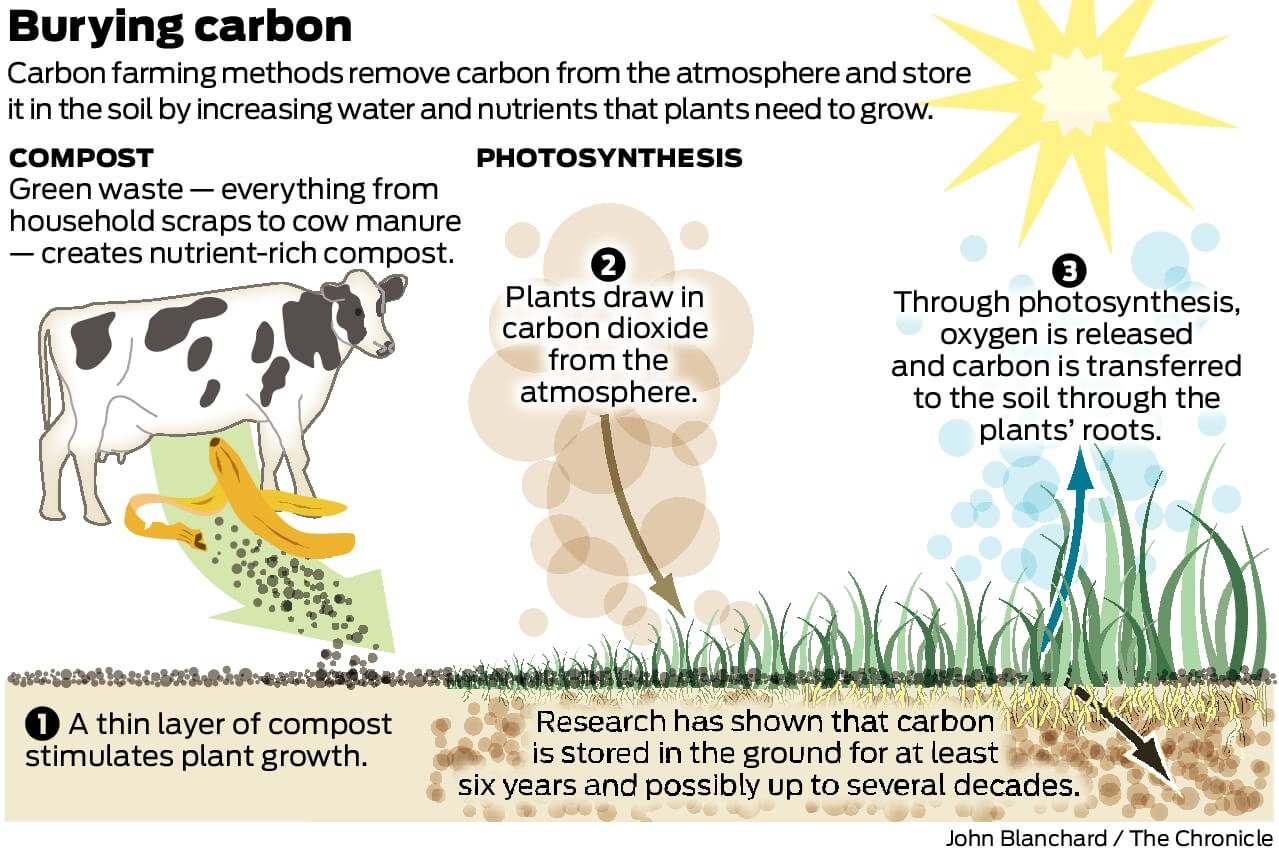
Credits: San Francisco Chronicle
Conditions for Carbon Farming
- The effectiveness of carbon farming varies depending on multiple factors — geographical location, soil type, crop selection, water availability, biodiversity, and farm size and scale.
- Regions with long growing seasons, sufficient rainfall, and substantial irrigation are best suited since they provide the best conditions for sequestering carbon through vegetation growth.
- Carbon farming can be challenging in hot and dry areas where water availability is limited. This may hinder plant growth, restricting the potential for sequestration through photosynthesis.
- Regions with extensive agricultural land, such as the Indo-Gangetic plains & Deccan Plateau, are well suited to adopt carbon farming, whereas the mountainous terrain of the Himalayan region is less so.
- Species selection is also crucial as not all species trap and store carbon in the same amounts or in an equally effective manner. Fast-growing trees and deep-rooted perennial grasses tend to be better at this task, but on the flip side, these types of plants may not be well-suited to arid environments.
Carbon Farming methods and the benefits associated
- Agroforestry practices — including silvopasture and alley cropping — can diversify farm income by sequestering carbon in trees and shrubs.
- Conservation agriculture techniques such as zero tillage, crop rotation, cover cropping, and crop residue management (stubble retention and composting) can help minimise soil disturbance and enhance organic content, particularly in places with other intense agricultural activities.
- Integrated nutrient management practices promote soil fertility and reduce emissions by using organic fertilizers and compost.
- Agro-ecological approaches such as crop diversification and intercropping have benefits for ecosystem resilience.
- Livestock management strategies, including rotational grazing, optimising feed quality, and managing animal waste, can reduce methane emissions and increase the amount of carbon stored away in pasture lands.

Carbon farming schemes worldwide
- Chicago Climate Exchange and the Carbon Farming Initiative in Australia: These initiatives demonstrate efforts to incentivize carbon mitigation activities in agriculture.
- Kenya’s Agricultural Carbon Project: It highlights the potential for carbon farming to address climate mitigation and adaptation and food security challenges in economically developing countries.
- The ‘4 per 1000’ initiative during the COP21 climate talks in 2015 in Paris highlights the particular role of sinks in mitigating greenhouse gas emissions.
{GS3 – Envi – Conservation} Translocation of Tigers | Wildlife Corridors
- Context (IE): Maharastra is gearing up for the translocation of tigers from the Tadoba-Andhari Tiger Reserve (TATR) in Chandrapur to the Sahyadri Tiger Reserve (STR).
Learn in-depth about Tiger translocation to Sahyadri Reserve.
Why is Maharashtra planning to translocate tigers to STR?
- The tiger population in the region has been historically low due to poaching, poor prey base, and changing habitat. Even after the STR was notified, the number of tigers did not increase as breeding tigers did not colonise the reserve.
- The population can increase through the inflow of tigers from the forests with the strengthening of the wildlife corridor. However, the spike in tiger numbers can take years. As a result, the translocation of tigers has been opted for short-term outcomes.
Is translocation the best approach for tiger recovery?
- Tiger translocation projects have been undertaken in India since 2008. Sariska Tiger Reserve, in 2008, & Panna Tiger Reserve, in 2009, have witnessed successful tiger reintroduction and translocation projects.
- However, there have been many failures and shelving of reintroduction plans, for e.g. in Satkosia Tiger Reserve in Odisha, which was the country’s first inter-state translocation project. Thus, translocation initiatives have been a mixed bag so far, and they should not be considered a last resort.
- Poor management of community apprehensions was a key reason for the translocation project’s failure. For e.g. the protests over tiger reintroduction from Kanha in 2018 over perceived impact on humans.
Role of Wildlife Corridors in Conservation
- In 2014-15, the National Tiger Conservation Authority and Wildlife Institute of India (WII) mapped 32 major tiger corridors in the country across four broad tiger landscapes – Shivalik Hills and Gangetic plains, Central India and Eastern Ghats, Western Ghats, and the North East Hills.
- Corridors are essentially habitats and pathways that connect wildlife populations, which are fragmented by human settlements and infrastructure works.
- They are crucial for the long-term survival of wildlife as they help guard against localised extinctions and ensure the exchange of gene flow, which helps in population diversity.
Sahyadri-Konkan Corridor / Sahyadri-Radhanagari-Goa-Karnataka corridor
Credits: Coalition for Wildlife Corridors |
{GS3 – IE – Industry} Factors affecting the Price of Petroleum **
- Context (IE): Oil Prices are affected by factors like geopolitics, exchange rates, speculators, and decisions of corporate and political leaders.
Supply-side Factors
- Geopolitics:
- Western sanctions on Venezuela, Iran and Russia.
- Iran – Israel Conflict: It could potentially result in the closure of the Straits of Hormuz, through which 30% of internationally traded oil passes.
- Other factors: Drone attacks on petroleum reserves, financial constraints and poor technology.
- For example, Russia’s petroleum industry.
Demand side Factors
- Decarbonisation policies that encourage to switch from coal to gas: Qatar, for instance, will double its LNG capacity by 2030.
- Natural gas emits about 40% less carbon dioxide than coal and roughly 20% less CO2 than oil.
- Technology: The AI industry needs a lot of electricity for data centres, cloud storage, and crypto mining. Renewable energy might not be enough to meet this demand.
- Political Decisions: Despite sanctions on Russia, China and India continue to procure oil from Russia, as removing Russian oil from the market would sharply raise prices, which can affect election prospects.
Way forward for India
- India should build strategic oil reserves, use more natural gas, invest in smart infrastructure, research clean energy, promote public-private partnerships, and increase renewables.
{GS3 – IE – Inequality} Progressive taxes can reduce inequality **
- Context (TH): This article advocates for progressive taxes to reduce inequality while highlighting the harmful effects of high inequality.
Harmful effects of high inequality
Disproportionate bargaining power
- In an unequal society, a few dominant individuals can have disproportionate power. They may control resources, influencing socioeconomic and political decisions.
- This imbalance can lead to decisions favouring the wealthy elites at the expense of the majority.
Impact on Economy
- Inequality hampers growth by diminishing firm productivity, labour income, and resources for education. This creates a negative multiplier effect on the economy, reducing the earnings of the poor.
- This, in turn, lowers consumption, increases indebtedness, and limits production and investments, ultimately leading to lower growth rates.
Impact on Society
- High inequality leads to political polarisation and increased conflict.
- In unequal countries, place of birth plays a significant role in determining lifetime outcomes.
- For instance, In India, nearly one-third of consumption variation is explained by the place of residence, such as the state, city, or village.
Rationale for Inheritance Tax
- It can reduce wealth concentration and encourage investment in productive activities.
- Revenue from inheritance taxes can be used to fund a variety of innovations.
- Inherited property often requires no effort from descendants, so taxing it is justified.
- Japan has an inheritance tax of up to 55%, showing that such taxes can be effective.
- India had an estates duty similar to an inheritance tax from 1953 to 1985, which was effective in reducing the top 1% personal wealth share.
|
Alternative approach: Land Value Tax (LVT)
- It taxes the rental value of land, not the property built on it.
- In it, the tax burden falls on the landowner, not the tenants.
- Land, being a natural resource, doesn’t respond to tax changes, making LVT an efficient revenue source.
- It facilitates wealth redistribution in regions where land ownership sustains feudal caste relations.
Learn in detail about > Inheritance Tax.
{GS3 – S&T – Space} NASA’s PACE Satellite *
- Context (LM): NASA‘s PACE satellite aims to address the uncertainties in climate science.
About PACE satellite
- Plankton, Aerosol, Cloud, ocean Ecosystem (PACE) is a NASA Earth-observing satellite mission.
- It is placed in a Sun-synchronous orbit.
- The primary instrument for PACE is OCI (Ocean Colour Instrument).
- It is capable of measuring ultraviolet to infrared ocean colour. This measurement can estimate the wavelength of the light reflected by the ocean, revealing information on the ocean’s biology.
- It also measures clouds and tiny airborne particles like dust, smoke and aerosols in the atmosphere.
{GS3 – S&T – Tech} Magnetic Resonance Imaging (MRI)
- Context (TH): A look at Magnetic Resonance Imaging (MRI), the significance of the technique and its place in modern medical diagnostics.
- Magnetic Resonance Imaging (MRI) is used to obtain images of soft tissues within the body.
- It is a non-invasive diagnostic procedure widely used to image the brain, the cardiovascular system, the spinal cord and joints, various muscles, the liver, arteries, etc.
- MRI scanners use strong magnetic fields & radio waves to generate images of the organs in the body.
|
Uses of MRI
- Observation and treatment of certain cancers, including prostate and rectal cancer.
- Track neurological conditions, including Alzheimer’s, dementia, epilepsy, and stroke.
- Scan changes in blood flow to infer the way the activity of neurons is changing in the brain (in this form, the technique is called functional MRI).
How does MRI work?
- MRI uses a high-power magnet to temporarily change the position of hydrogen atoms, which are abundant in the body’s fat and water.
- As the hydrogen atoms return to their usual position, they emit different amounts of energy depending on the type of tissue they are in. The scanner captures this energy, and a computer creates a picture using this information.
- Unlike x-ray and computed tomography (CT) exams, MRI does not use radiation.
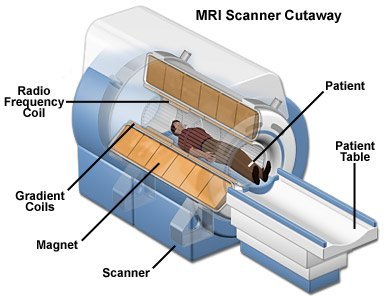
Credits: Deep Medical Centre
Pros
- It can practically image the body from all useful directions and, if required, in very small increments.
- MRI scans don’t pose any threats; once the magnetic fields are taken away, the atoms in the scanned part don’t remain affected.
Cons of MRI
- The magnetic fields that change with time create loud knocking noises, which may harm hearing if adequate ear protection is not used.
- MRI Machines are expensive and are transferred to patients by diagnostic facilities.
{Prelims – In News} World Migration Report, 2024
- Context (TH | NDTV): The International Organisation for Migration (IOM) released the World Migration Report 2024.
- Since 2000, IOM has been producing its flagship world migration reports every two years.
Findings of the report
- Top five remittance recipient countries: India, Mexico, China, the Philippines and France (2022).
- Top country-to-country migration corridors: India — United Arab Emirates, India — U.S., India — Saudi Arabia and Bangladesh — India.
- Largest destination countries for international mobile students: USA, UK, Australia, Germany and Canada.
India Specific Findings
- In 2022, India received over $111 billion in remittances, the largest in the world, becoming the first country to reach and even surpass the $100 billion mark.
- There has been a steady growth in remittances to India over the years.
- India came in 13th as the destination country for immigrants, with 4.48 million people coming from other countries to live in India
- Nearly 18 million, or 1.3 percent of India’s population, are international migrants, making India the largest source of migrants globally.
- Major Indian diasporas live in the United Arab Emirates, the United States, and Saudi Arabia.
International Organisation for Migration (IOM)
- IOM is the leading inter-governmental organisation in the field of migration and works closely with governmental, intergovernmental and non-governmental partners.
- It was established in 1951 as the Intergovernmental Committee for European Migration (ICEM) to help resettle people displaced by World War II.
- IOM is part of the United Nations system as a related organisation.
- It currently has 172 member states and 8 states holding observer status. India is a member of IOM.
- Headquarters: Geneva, Switzerland.
- Areas of work:
- Migration and development
- Facilitating migration
- Regulating migration
- Forced migration
{Prelims – S&T – Defence} First Indigenous Bomber UAV Aircraft
- Context (IE): India’s first indigenous bomber UAV aircraft, the FWD-200B, was unveiled recently.
About FWD-200B
- Manufactured by Flying Wedge Defence, a defence and aerospace technology firm.
- It has a payload capacity of 100 kgs and is classified as a MALE Unmanned Combat Aerial Vehicle.
- It features optical surveillance payloads and integrated missile-like weapons for precision air strikes.
- It reduces India’s reliance on costly bomber unmanned aircraft imports. For example, Compared to the US Predator, which costs Rs 250 crores, the indigenous FWD-200B costs only Rs 25 crores.
{Prelims – Sci – Bio – Diseases} Leber Congenital Amaurosis (LCA) *
- Context (IE): A new CRISPR gene editing technique called EDIT-101 has successfully restored vision in some patients with Leber congenital amaurosis (LCA), a form of blindness.
- This is the first instance of using gene therapy to treat children born with congenital blindness.
- Lebar Congenital Amaurosis (LCA) is a rare inherited form of blindness.
- It affects approximately one in 40,000 individuals and leads to severe vision loss from a young age.
- The cause of LCA is a gene mutation that hinders the proper function of a protein called CEP290.
|





![PMF IAS Environment for UPSC 2022-23 [paperback] PMF IAS [Nov 30, 2021]…](https://pmfias.b-cdn.net/wp-content/uploads/2024/04/pmfiasenvironmentforupsc2022-23paperbackpmfiasnov302021.jpg)

